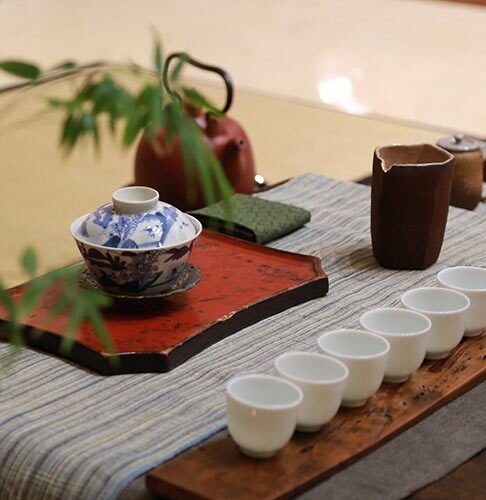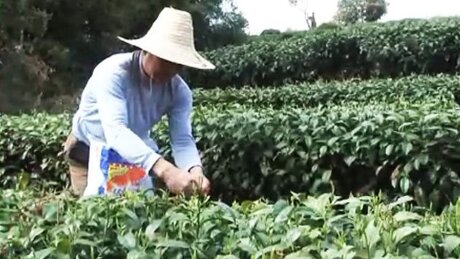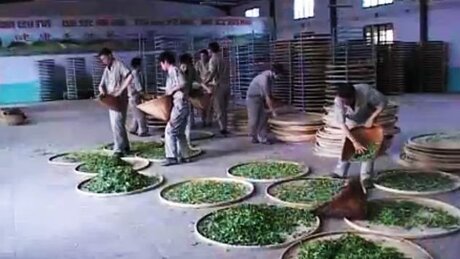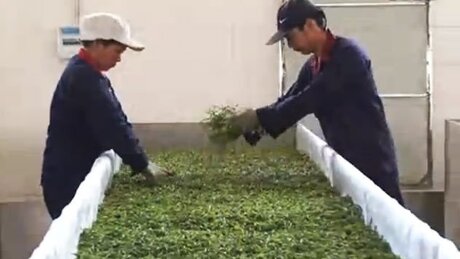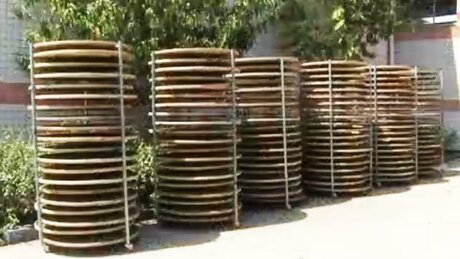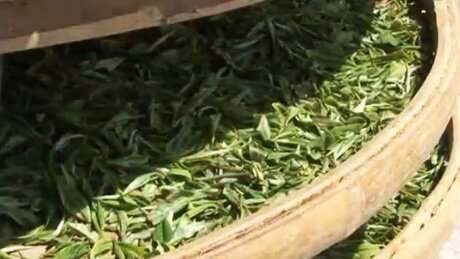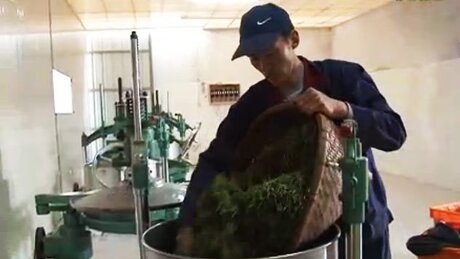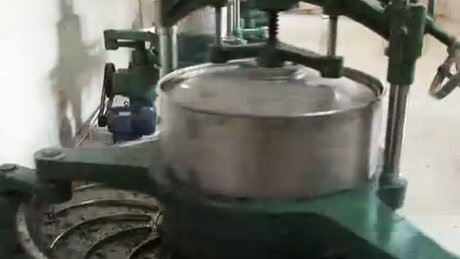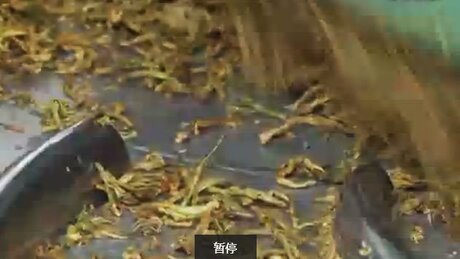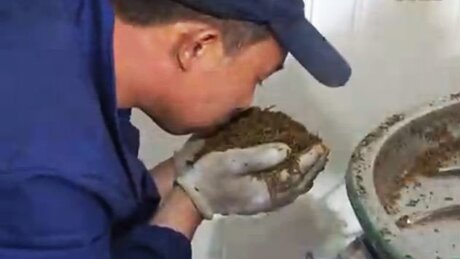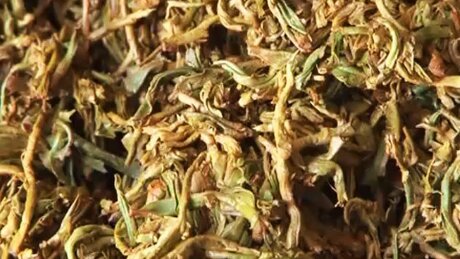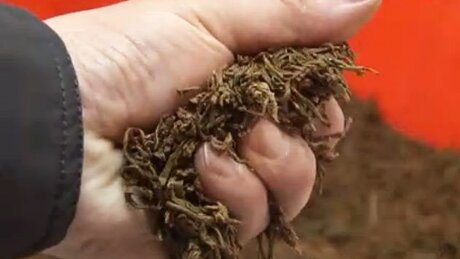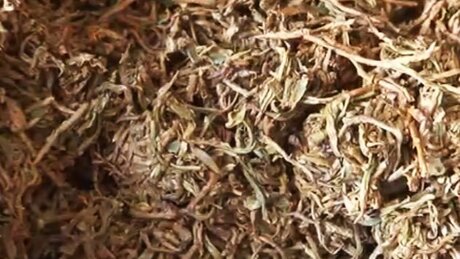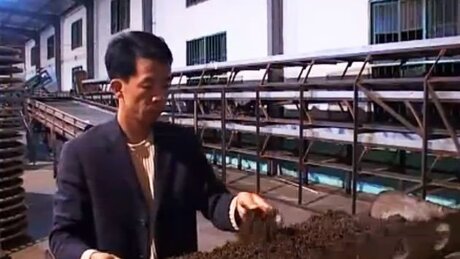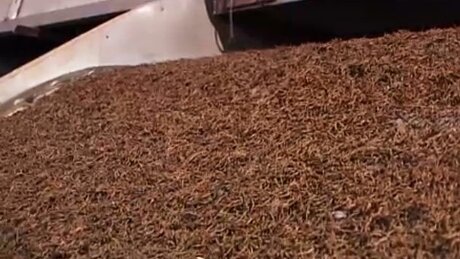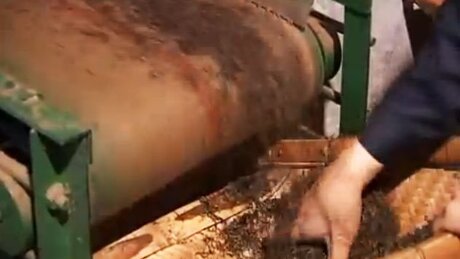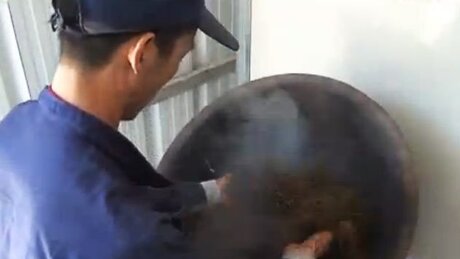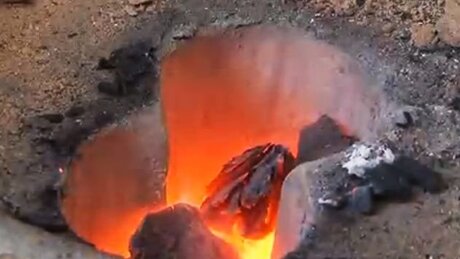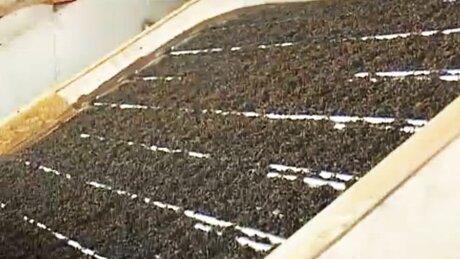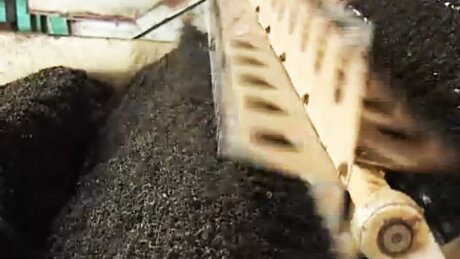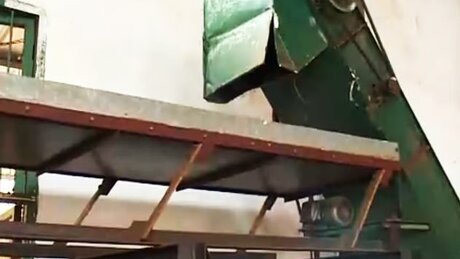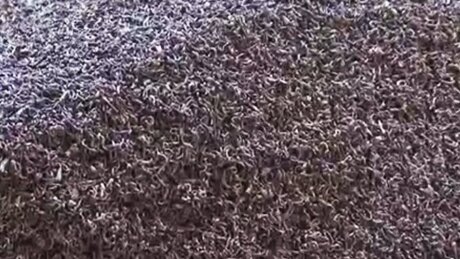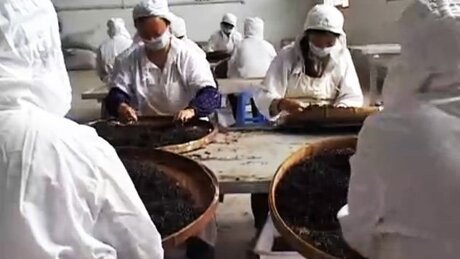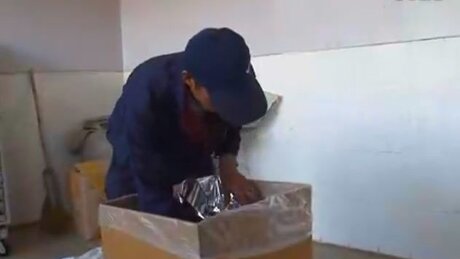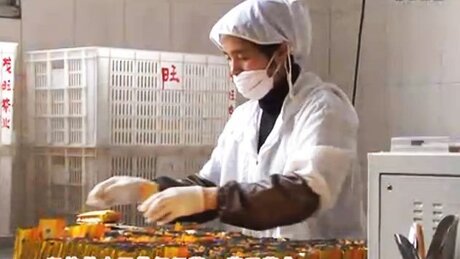The history of red tea begins around 1600. Some date it even earlier — 1558. Yet the exact time is hard to determine. The legend narrates that in one village at the springtime tea planters were making tea. They spread the tea leaves for withering in the sunlight. But a military squadron that suddenly broke in the village has chosen the tea making site as a good place to station for the night. The tea makers were banished with no opportunity to finish the started. The horses remaining in the yard trampled down all the green tea. Tea sap that appeared on the leaves overnight has discolored to dark. In the morning soldiers quickly packed and whirled away leaving no trace behind. Only tea farmers were left with a bunch of red torn tea leaves. Someone suggested not to ditch the tea but to roast and give it a try. The result has surprised everybody. Instead of green, astringent and refreshing flavor the resulting brew turned out to be sweet and fragrant. Since that time the tea was deliberately twisted and crumpled to let the sap out of the leaves, and afterwards left overnight for fermentation.
May be the wonder of the village would have been eventually forgotten, but it was the time of active tea trade with Europe. Red tea turned out to be very attractive for traders. It much better endured long transportation by sea, retaining its flavor and aroma for rather extended time. The beverage caught fancy of customers: it was sweet, better matched European deserts and tasted fine with milk. Another advantage could be that red was hard to falsify. Crafty traders quite often mixed green tea with local grass to raise their profits, and red could not be that easily increased in volume.
In old times red tea in China had the name of wucha (乌茶) — tea of the raven wing color, which is black. Therefore in Europe it became known as «black tea». While in China it subsequently acquired the name of «red tea».
There are three distinguished production technologies: gong fu hong tea, xiao zhong (smoked) and cut tea. Cut tea is produced for the European market and implies Indian and Ceylon tea. In China the whole leaf is valued. Therefore we will study two latter production methods.
Red tea is produced in many regions of China, but only in springtime. For different cultivars harvesting of the leaf takes place at varying times: from March 10 till June.
Withering is an indispensable procedure before crumpling. The leaf must loose the excessive moisture.
Today indoor tray tables like this are often used. To rich the required effect the temperature the room is artificially increased.
Sometimes it’s done outdoors the old fashioned way, which makes the control of the process more complicated.
These days crumpling in most cases is performed on processing units like this which make it fast and with proper quality. The device is filled with tea leaves.
The end of the process is determined by production technician. Since different types of raw stock are used (buds, tips, large leaves) the crumpling time may vary.
As a result the leaf twists into wet bands. But they are still very pale, neither green nor red but more of yellow color.
The leaf covered with tea sap and completely crumpled is placed in baskets and covered with canvass.
Fermentation process requires several hours, sometimes the whole night. This depends on the type of the tea.
Technologist determines the moment to stop the process by stiffness, aroma and humidity of the leaves.
This process is required to stop fermentation of the tea sap. Initially the tea is dried by the machine.
Yet the final drying is traditionally completed by hand in so called «red pot». The tea is fried in special iron pots.
These pots are generally heated by firewood which flavors the tea with tender notes of bonfire. Frying may be as well performed using electric equipment.
Essentially this process separates red tea into grades. Not only harvesting time but the size of tea leaves is also very important.
After screening through a number of sieves tea leaves are graded by size and fall into separate containers.
At the last stage of sorting the tea is examined manually to withdraw off-standard leaves. Machines are not yet capable of that.
The tea is rated as fully fermented (which means that oxidation of tea sap reaches 100%) at the stage of processing. Therefore it’s natural to be brewed at water temperature near 100°C. Tea-ware used for brewing may inclide porcelain, ceramic, Yixing clay will do perfectly as well. In glass tea cools down swiftly, does not properly deliver its flavor from one steeping to another, that’s why the glass definitely does not fit for Chinese brewing method. It is acceptable for brewing the European style — by infusion.
Despite high leaf fermentation degree it should be remembered that red tea is produced of most tender tips. In China it is common, as well as the green tea, to drink it all before the next harvest. There are cases of aging of red tea but they are quite rare and more of the exception. If you are willing to follow the transformation of flavor it’s better to buy tea in cakes. It is produced of larger leaves instead of tender buds and is more suitable for aging.
Ordinary red tea is stored in tightly sealed cans with no access of air, away from sunlight at room temperature.
Illustrated by screenshots from film: 茂旺红茶加工技术.

